


 MELIPEUCO, Chile-Living in the shadow of Chile's sporadically erupting, snow-capped Llaima volcano, one of South America's most active, local residents like Eduardo Mendoza are paying a heavy price.Evacuated from the ski station where he works after the government imposed a red alert when Llaima began spewing lava earlier this month, Mendoza and dozens like him have lost their livelihoods and are having trouble feeding their families.This is the second ski season in a row interrupted by the volcano, which towers near Chile's lake region about 435 miles
MELIPEUCO, Chile-Living in the shadow of Chile's sporadically erupting, snow-capped Llaima volcano, one of South America's most active, local residents like Eduardo Mendoza are paying a heavy price.Evacuated from the ski station where he works after the government imposed a red alert when Llaima began spewing lava earlier this month, Mendoza and dozens like him have lost their livelihoods and are having trouble feeding their families.This is the second ski season in a row interrupted by the volcano, which towers near Chile's lake region about 435 milessouth of the capital Santiago."People can't go to work because of the danger," he said, a cloud engulfing the majestic volcano behind him, black scars on its white slopes betraying where lava has flowed and cooled."Our source of work has been stopped and we depend on it to sustain our families. We can't go on like this," he added, showing a video clip on his mobile phone of the volcano spewing a jet of hot pyroclastic rock 1,300 feet into the air before dawn on Thursday.That flurry of activity in turn came a week after lava spewed down one of its sides.Aside from hot rock and gas, or lava flows, that have emanated from the crater, another major worry is that snow on the volcano's sides could melt and that a nearby river could overflow and flood nearby communities.The volcano erupted violently on New Year's Day, forcing the temporary evacuation of some tourists and residents from the surrounding Conguillio National Park. It belched ash and lava in February. Much of the park is off limits again.The government this month ordered a 9-mile "red zone" around the 10,253-foot (3,124 meter)-high volcano, and has now evacuated around 60 people from nearby.
FUTURE ACTIVITY
Experts say there is no knowing how the volcano, the second to erupt in Chile in as many months, will continue to behave."The activity is going up and down very fast," said Hugo Moreno, a geologist and volcano expert with state mining and geology service Sernageomin, who is based in the town of Melipeuco, on the fringe of the exclusion zone."It is oscillating, so it is very difficult to make a medium-term forecast," he added. "It will most likely continue to oscillate, until it stabilizes at some point."Llaima's current eruptive cycle began in May last year. Cycles have lasted anything from one minute to three years or more, Moreno said.In the sleepy town of Cherquenco, 11 miles from the base of the volcano, Agriculture Minister Marigen Hornkohl sought to reassure worried farmers.They complain are only allowed into the exclusion area to tend to their animals two hours a day, and are worried they'll die, be stolen, or be eaten by puma. "We have to take this one minute at a time," Hornkohl told residents and evacuees assembled in the rear of the local fire station. "Now, when we want to be able to go home, the worst thing we can do is to take the wrong decisions," she said.LLaima's renewed activity comes after Chaiten volcano, 760 miles south of Santiago in Chilean Patagonia, erupted on May 2 for the first time in thousands of years, spewing ash, gas and molten rock.Ash from Chaiten, which initially soared 20 miles into the stratosphere, swelled rivers in the area and caused floods that damaged dozens of wooden houses, sweeping some off their foundations.Chile's chain of some 2,000 volcanoes is the world's second-largest after Indonesia's. Around 50 to 60 are recorded to have erupted, while 500 are deemed potentially active.
As in the days of Noah...

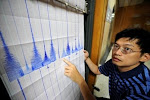
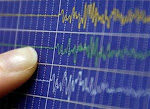
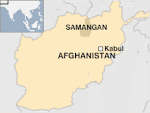







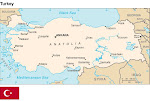
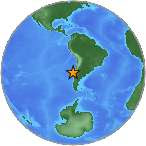




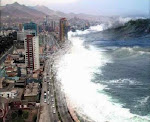

.jpg)


.bmp)
No comments:
Post a Comment